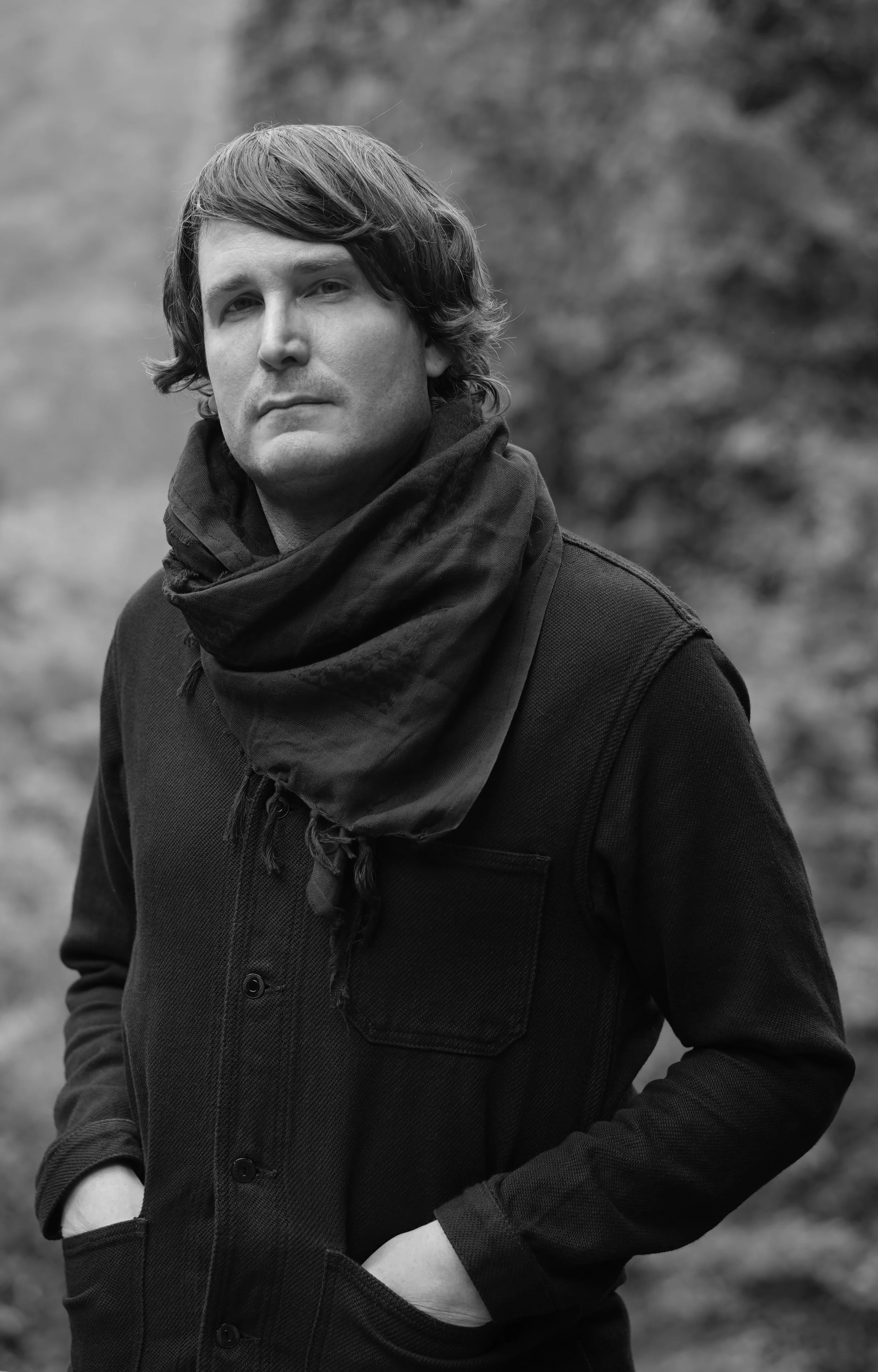Rafael Anton Irisarri is an Ibero-American artist, composer, curator, producer, and mastering engineer whose influence resonates across contemporary electronic music. Born in Puerto Rico to a working-class family of immigrants, and raised between San Juan and the U.S. mainland, Irisarri’s early experiences of cultural dislocation and hybridity echo throughout his work. His music is a distinct alchemy of introspection and nostalgia, exploring the emotional interplay between technology, sound, silence, and the spaces they inhabit.
Emerging from Seattle’s early 2000s electronic scene, Irisarri signed with Ghostly International in 2008, releasing his debut as The Sight Below, the now-classic ambient techno album Glider. Under that alias, he introduced a soundworld of hazy guitars and submerged rhythms that would help define a generation of post-techno ambience. It set the tone for a prolific career spanning drone, post-classical, and experimental forms, one that continues to dissolve the boundaries between studio craft, live improvisation, and sonic immediacy.
In 2010, Irisarri founded Black Knoll Studio, a hub for boundary-pushing mixing and post-production. After relocating to New York’s Hudson Valley in 2014, he established himself as one of independent music’s most in-demand mastering engineers. Renowned for a refined ear and meticulous attention to detail, he has worked with seminal artists including Terry Riley, Ryuichi Sakamoto, William Basinski, MONO, Devendra Banhart, Grouper, Emeralds, and Julianna Barwick. With more than 4,000 verified credits across mastering, production, and mixing, Irisarri’s work maps the evolving landscape of experimental and electronic sound, bridging generations through a holistic approach to his craft.
A restless collaborator, Irisarri moves through the global music world with quiet magnetism, drawn to kindred spirits working at the blurred edges of sound and image. His connections with Abul Mogard, Agnes Haus, Arovane, Balmorhea, Benoît Pioulard, Biosphere, Christina Vantzou, David August, Florence To, James Heather, Joachim Spieth, Julia Kent, Kevin Richard Martin (The Bug), KMRU, Leandro Fresco, Lusine, Mabe Fratti, Markus Guentner, Oliver Coates, Pantha Du Prince, Penelope Trappes, Pepo Galán, and Steve Hauschildt stretch across continents and disciplines, collaborations that unfold through live performance, remixes, and shared acts of sonic exploration. Over time, his work has become connective tissue within ambient and experimental music, its influence felt as much in texture as in presence. Known for his instinctive sense of space and polyphony, Irisarri approaches production, remixing, guitar treatments, and sound design as extensions of a single compositional language, one built from harmonic depth, decay, and gravity. Outside his own Black Knoll Editions, Irisarri’s catalog spans dozens of influential labels worldwide, confirming his standing as a pivotal and trusted voice in the global sound-art community.
Across the past decade, Irisarri’s albums have drawn inspiration from metal, dream pop, and avant-garde traditions. His palette is richly varied: tape loops, bowed guitar, cello, piano, synths, and voice intertwine in expansive washes of distortion and melody. His compositions evoke the meditative rigor of modernist art, paying homage to the New York school of minimalism through repetition and ostinato as quiet acts of resistance. In his hands, subtle shifts in tone, duration, and perception become vehicles for reflection. His work has earned acclaim from BBC, Electronic Sound, MOJO, NPR, Pitchfork, Resident Advisor, Rockerilla, SPIN, The Quietus, The Wire, and Uncut.
As a live performer, Irisarri gravitates toward unconventional spaces including art museums, churches, synagogues, castles, planetariums, factories, hangars, and subterranean tunnels. Preferring these environments to traditional clubs or bars, he transforms architectural acoustics into collaborators, letting reverb and structure amplify emotion. His performances turn decay into resonance and stillness into presence, inviting audiences to engage deeply with sound, space, and memory. In these moments, music becomes both monument and echo, a dialogue between place and perception that lingers long after the final tone fades.
Photo: Iulia Alexandra Magheru, Heidelberg, 2025
